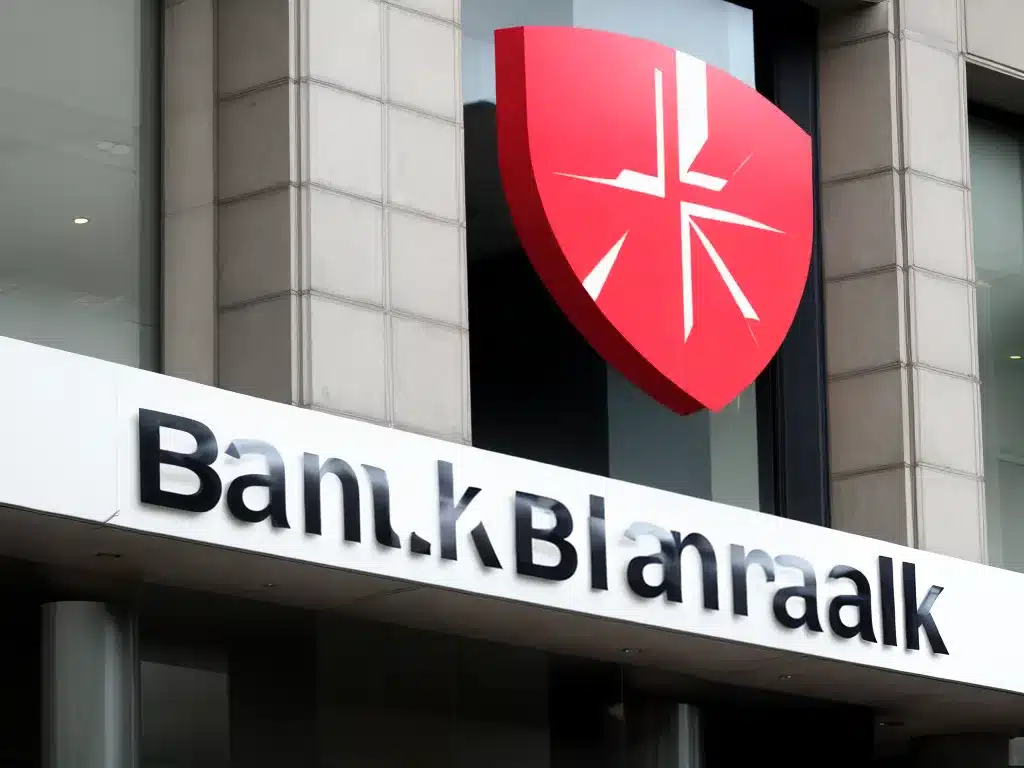
UK bank users need to be vigilant of new sophisticated malware designed to steal online banking credentials and funds. This emerging threat comes after recent increased efforts by banks and authorities to clamp down on authorized push payment (APP) scams costing victims millions each year. As scammers develop more advanced techniques, customers must stay informed and take proactive security measures.
New Malware Variants Targeting Major UK Banks
I have learned of several new malware campaigns infiltrating bank users’ devices and lurking to capture login details and initiate fraudulent transfers. Specific strains like the Trickbot and Emotet malware have been modified to defeat common antivirus software and avoid detection.
The UK’s National Cyber Security Centre (NCSC) recently disclosed that cybercriminals are developing tailored viruses aimed at major UK banking groups including Barclays, Santander, HSBC, Lloyds, Halifax, TSB, Tesco Bank, Virgin Money, Metro Bank, and others.
“This malware is specially designed to target specific online banking services and avoid detection, making it very difficult to stop fraudsters stealing from accounts.” – NCSC spokesperson
These malicious programs are distributed through phishing emails containing infected attachments or links to fake websites. If downloaded or clicked, they can secretly invade devices and sit silently gathering information.
How The Malware Works
Once embedded in a victim’s computer or phone, the intrusive malware employs several techniques to carry out its objectives.
Keylogging and Screen Grabbing
The malware has keylogging capabilities to record keystrokes as users enter critical login credentials into banking web portals or apps. Some variants also take screenshots when account numbers, balances, or other data is displayed on screen.
Web Injects
The Trojan may inject additional code into banking web pages. This creates fake input fields to trick users into entering extra sensitive information like credit card numbers, account PINs, or OTP passcodes.
Remote Access
The programs can install hidden backdoors into infected devices, granting remote access and control to malicious actors. This allows criminals to directly manipulate accounts and settings.
Webinjects
Sophisticated web inject attacks quietly redirect legitimate bank transfers to fraudster accounts. Users believe funds are sent to an intended recipient, but they are siphoned away without detection.
Social Engineering Tactics
In tandem with technical malware infections, scammers use manipulative social engineering techniques to fully exploit victims.
-
Fraudsters pose as bank employees and contact victims requesting account, security, or payment information.
-
Official looking fake bank emails or texts trick users into clicking links that download malware.
-
Unsolicited calls pressure victims into installing remote access apps allowing device takeover.
-
Requests for payments under false pretenses lead victims to willingly transfer funds to criminals.
How To Protect Yourself
Here are important tips all UK bank users should follow to detect and prevent sophisticated new malware attacks:
-
Keep security software up to date and run scans regularly to remove infections.
-
Closely inspect any emails, texts, or links appearing to come from your bank. Verify legitimacy before clicking.
-
Never install software or grant remote device access at the request of unsolicited callers.
-
Check account settings and transactions frequently for any unauthorized changes. Report discrepancies immediately.
-
Turn on multi-factor authentication for an added account security layer.
-
Never disclose full account details, PINs, or OTP codes over the phone, email, texts, or web forms.
Staying vigilant against evolving social engineering techniques and keeping devices free of infections is crucial. Following security best practices can help UK banking customers identify telltale signs of malicious scams and malware campaigns. Implementing protective measures will reduce vulnerability to compromise from sophisticated cybercriminal groups unleashing new variants aimed at infiltrating UK bank accounts.












